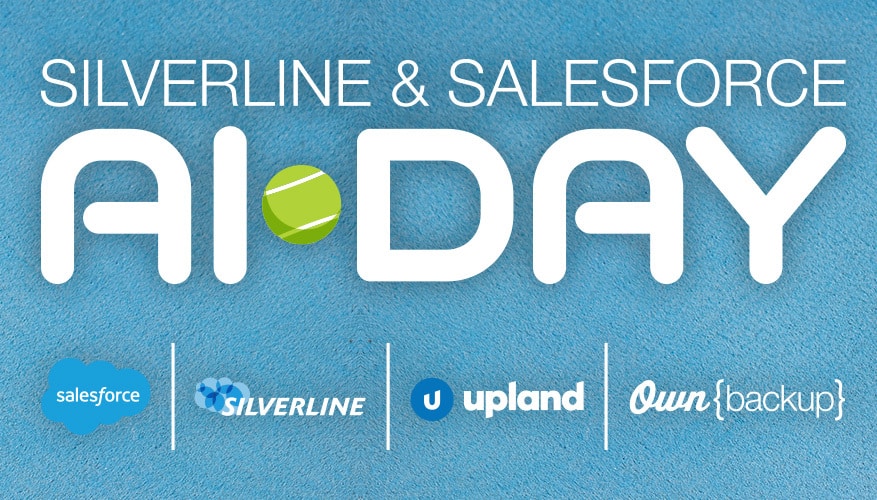This is part five in a series on Connected Experiences for Banks and Credit Unions. Be sure to check out parts one, two, three, and four.
No matter your intended audience or end goal, the urgency for digital transformation persists. Businesses in the financial industry need to find ways to adapt to our current reality in order to maintain adaptability in the future. Having a plan in place for the next time the world turns on its head is essential, and now is the time to execute on your journey toward digital transformation.
And the best way to build connected experiences in banking through digital transformations? It’s right back where we started.
People. Processes. Technology.
Prepare your people
When we say digital transformation, we mean it. We’re talking about an environment going forward with digital operations and digital delivery mechanisms in place, where everything needs to be thought of as digital first. You want to make sure you can bring your teams together to drive efficiency, drive adoption, and drive customer experience.
Define your goals
Identify your top level business objectives and define the goals you need to achieve in order to fulfill those objectives. This will help you define the key strategies and measures that need to be circulated to drive the culture and action within your organization.
Audit pain points
Find out the roadblocks, time sucks, and frustrations caused by your current environment. Build out a plan to remove those. Make sure you take the time to understand how a department or team actually works, not how you think they should — or you’ll just be building a strategy to implement a tool they won’t adopt.
Implement change management
Make sure you have buy in along the way from the top down and bottom up. Get your teams and departments excited about the solutions to come — and make sure they know that their concerns are heard. Keep people informed on project progression so go-live doesn’t come as a shock.
Refine your processes
Think about what you want your tech to do first. How do you want it to perform so that all parties get the most out of the new solution? Order of operations matters just as much as outcomes when it comes to improving processes and increasing efficiency ratios.
Focus on removing friction, improving functionality, and maximizing operational efficiency. Understand the big business drivers or objectives that you’re trying to accomplish in the short and long term, and prioritize accordingly. This is especially relevant given the current state of the world. Think to yourself:
- Are people going to engage with us the same way as they always have before?
- How can we meet changing customer or member needs?
- Are we trying to become more agile?
Make sure that when the next global, digital, or social disruption happens, you can quickly pivot and be able to provide the same level of service that your users have come to expect.
Integrate your technology
Go all in. Salesforce can and should be a part of all aspects of your business procedures. Whether it’s providing 360-degree views of your clients, overall enterprise visibility for upper management, or enabling quicker work for everyday tasks — Salesforce should be at the center of all customer engagement in a digital-first organization.
Once you’ve optimized these programs and efficiencies and proven the “why” behind the investment, you will start to see the added value and gain the essential insights into your base audience that will help your business thrive.
With the tools provided through the Salesforce platform, you can assess and optimize processes, enabling continuous improvement and innovation. Your team will become more flexible with the technology and introduce more opportunities to expose digital functionality — like self-service and automation — that removes friction throughout your sales process and beyond. The key is understanding: what are you doing today? Why are you doing it that way? What is the desired new experience?
Once you know where you want to go, the only question is how you want to get there.
Driving connected experiences in banking
At Silverline, we know that financial institutions are under extreme pressure to transform their business. This is due to consumer demands, disruptive fintechs, and the need for seamless digital solutions. This leads to a number of challenges from budget, talent gaps, legacy infrastructure, and significant backlogs with competing priorities. With adaptive technology and personalized solutions becoming the norm across all manners of business, it’s important that banking and lending firms stay ahead and on top of trends.
By streamlining automated solutions, eliminating manual entry, and analyzing trends in account data — your employee, customer, and member relationships can move beyond transactions.
We help you make sure that your customers and members feel like more than ones and zeros, dollar signs and decimals. With the right tools in place to analyze, interpret, and manage your data, your custom Salesforce implementation keeps your audience and their needs at the forefront of all you do.
Get your copy of our Connected Experiences Playbook for Banks and Credit Unions today.




